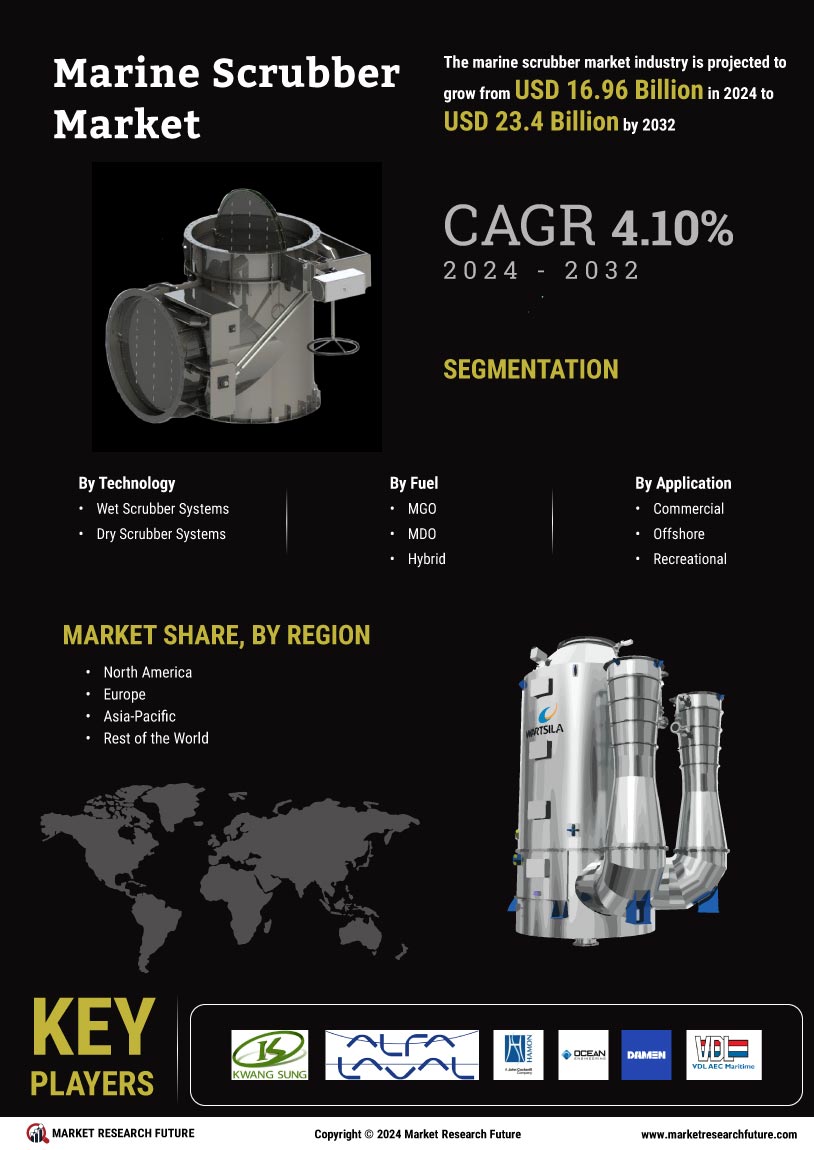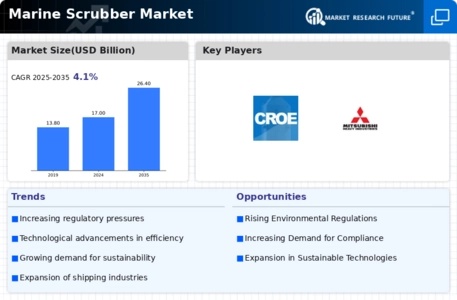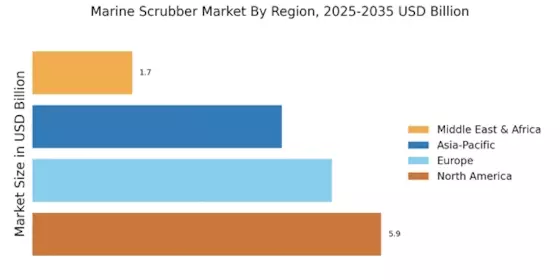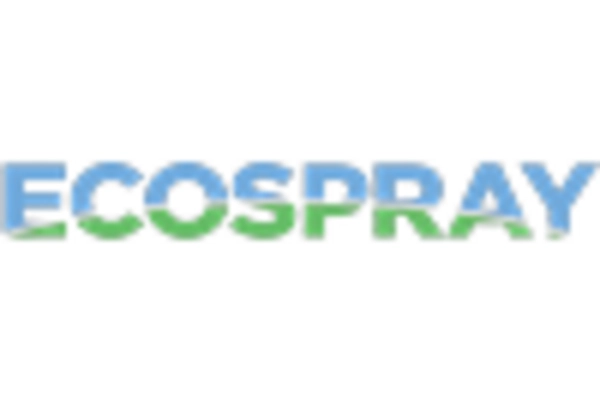Leading market players are investing heavily in R&D to expand their product lines, which will help the marine scrubber market, grow even more. Market participants are also undertaking a variety of strategic activities to expand their footprint, with important market developments including new product launches, contractual agreements, mergers and acquisitions, higher investments, and collaboration with other organizations. To expand and survive in a more competitive and rising market climate, marine scrubber industry must offer cost-effective items.
Manufacturing locally to minimize operational costs is one of the key business tactics used by manufacturers in the marine scrubber industry to benefit clients and increase the market sector. In recent years, the marine scrubber industry has offered some of the most significant advantages to medicine. Major players in the marine scrubber market, including CR Ocean Engineering (US), Damen Shipyards Group N. V. (Netherlands), VDLAEC Maritime B.V. (Netherlands), Langh Tech Oy Ab (Finland), Ecospray Technologies S.r.l (Italy) and others, are attempting to increase market demand by investing in R&D operations.
Alfa Laval AB is a Swedish corporation founded in 1883 by Gustaf de Laval and Oscar Lamm. The company, which began by offering centrifugal separation solutions for dairy (see Separator (milk)), today produces specialised equipment and solutions for heavy industry. The goods are used to heat, cool, segregate, and convey oil, water, chemicals, drinks, foodstuffs, starch, and medications. In June 2020, Alfa Laval introduced PureSOx Express, a new version of its existing PureSOx scrubber designed for installation on handymax bulkers or product tankers.
PureSOx Express is an open-loop PureSOx scrubber system designed to meet current requirements, provided as a fully enclosed module, and tailored for a simple, cost-effective fit on smaller vessels.
Mitsubishi Heavy Industries, Ltd. is a Japanese multinational firm headquartered in Tokyo that manufactures engineering, electrical equipment, and electronics. MHI is one of the Mitsubishi Group's key firms, and its vehicle sector is the forerunner to Mitsubishi Motors. Aerospace and automotive components, air conditioners, hydraulic equipment, printing machines, elevators, forklift trucks, missiles, tanks, power systems, ships, aeroplanes, railway systems, and space launch vehicles are all manufactured by MHI. It is the world's 23rd-biggest defence contractor, assessed by defence revenues in 2011, and the largest located in Japan, through its defense-related activities.
In May 2020, Valmet agreed to deliver hybrid scrubber systems to Shimonoseki Shipyard under a deal with Mitsubishi Shipbuilding Co., Ltd. Each ship is outfitted with a Valmet marine automation system as well as two Valmet marine scrubber towers.


















Leave a Comment